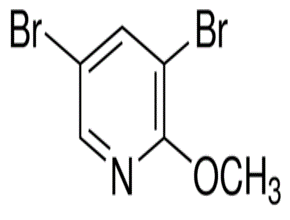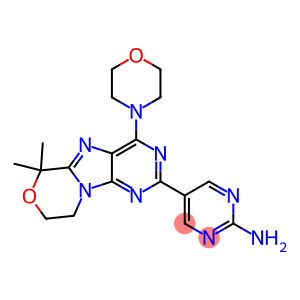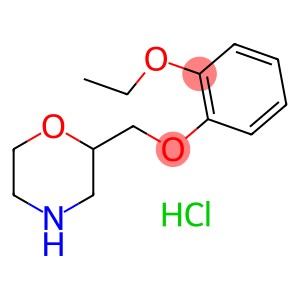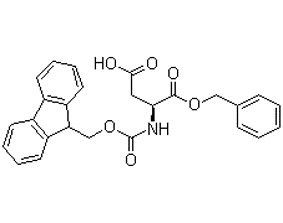Cineole(CAS#470-82-6)
| Risk Codes | R10 – Flammable R37/38 – Irritating to respiratory system and skin. R41 – Risk of serious damage to eyes R36/37/38 – Irritating to eyes, respiratory system and skin. |
| Safety Description | S26 – In case of contact with eyes, rinse immediately with plenty of water and seek medical advice. S39 – Wear eye / face protection. S16 – Keep away from sources of ignition. |
| UN IDs | UN 1993 3/PG 3 |
| WGK Germany | 2 |
| RTECS | OS9275000 |
| TSCA | Yes |
| HS Code | 2932 99 00 |
| Hazard Class | 3 |
| Packing Group | III |
| Toxicity | LD50 orally in Rabbit: 2480 mg/kg |
Cineole(CAS#470-82-6) (eucalyptol)Introduction
Eucalyptol, also known as eucalyptol or 1,8-epoxymenthol-3-ol, is an organic compound. It is extracted from the leaves of the eucalyptus tree and has a special aroma and numbing taste.
Eucalyptol has many important properties. It is a colorless and transparent liquid with low toxicity. It is soluble in alcohols, ethers, and organic solvents, but not easily soluble in water. Eucalyptol has a cooling sensation and has a bactericidal and anti-inflammatory effect. It can also irritate the airways and help clear nasal congestion.
Eucalyptol has a wide range of uses. It is often used as a medicinal ingredient and is added to some cold medicines, cough syrup, and oral care products to relieve respiratory discomfort and sore throats.
Eucalyptol is prepared in a variety of ways, and one of the most common methods is obtained by distilling eucalyptus leaves. The eucalyptus leaves are heated by steam, which extracts eucalyptol as it passes through the leaves and carries it away. After that, through process steps such as condensation and precipitation, pure eucalyptol can be obtained from the steam.
There are some safety information to be aware of when using eucalyptol. It is highly volatile, and inhaling high concentrations of gases for a long time should be avoided to avoid causing respiratory irritation. When handling or storing eucalyptol, contact with strong oxidizing agents should be avoided to avoid dangerous chemical reactions.
In summary, eucalyptol is an organic compound with a special aroma and numbing sensation. Its properties include low toxicity, solubility, and anti-inflammatory effects.








